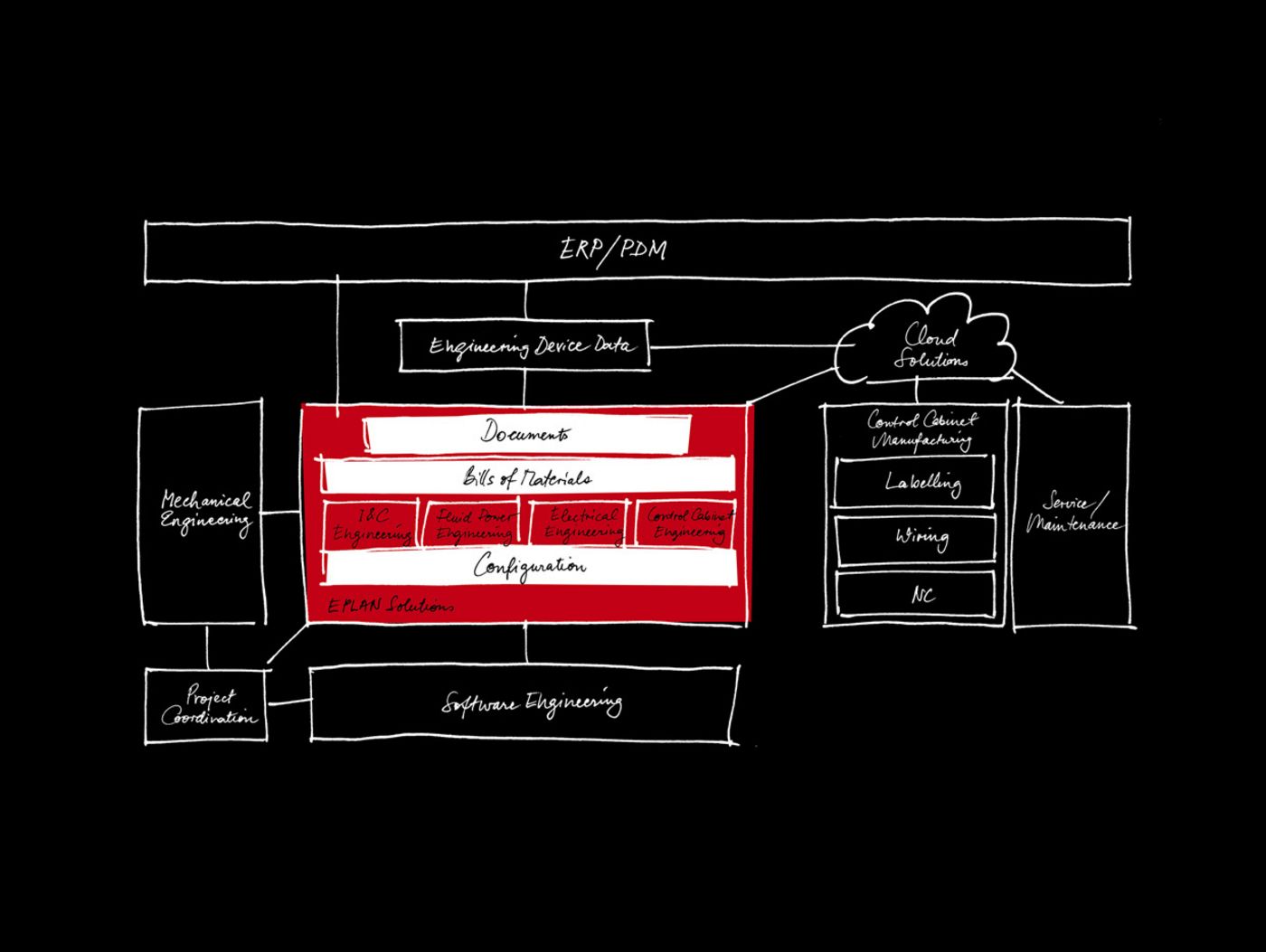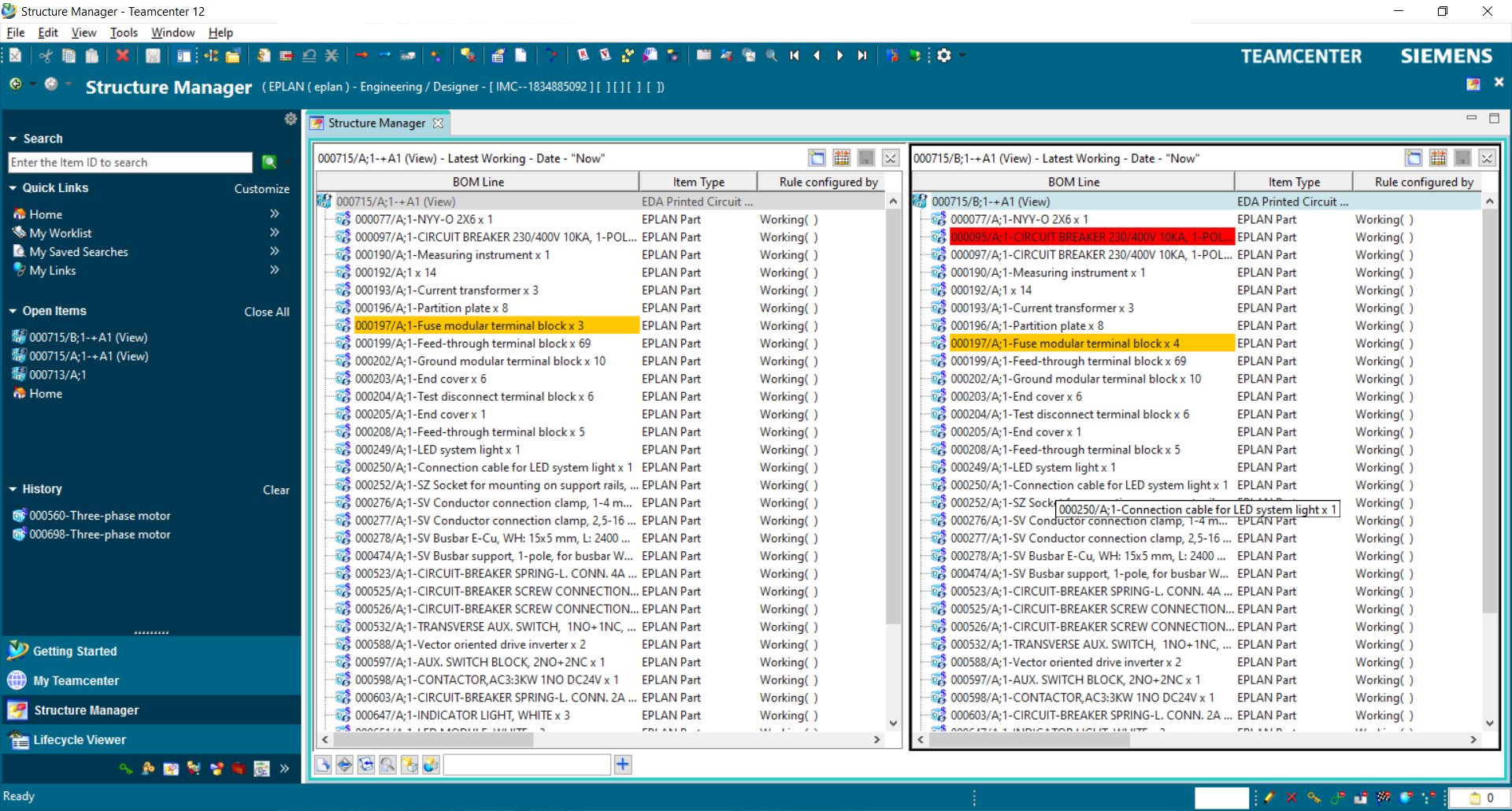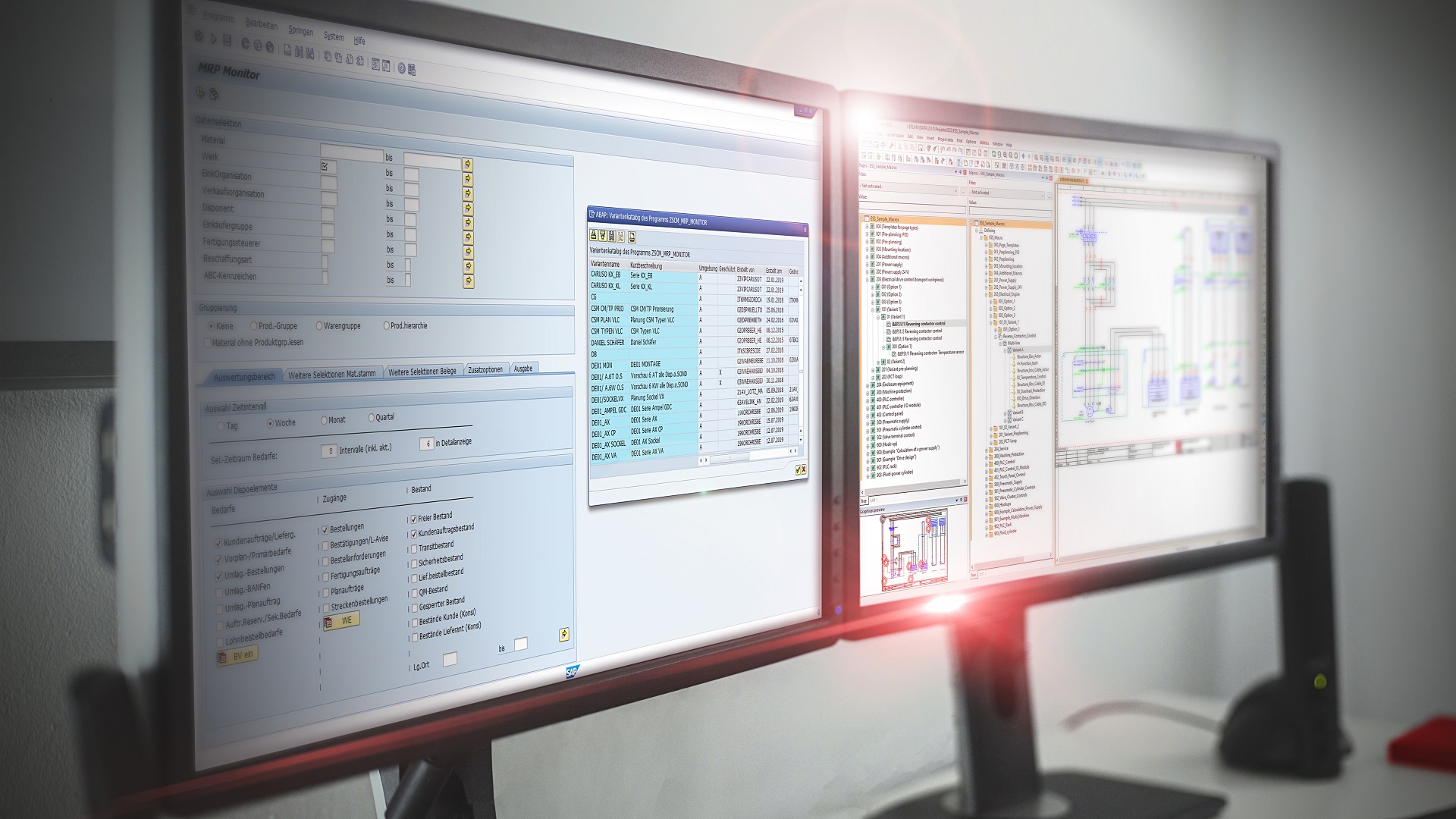Author
 Graham Bloom
Graham has worked at EPLAN for over 8 years and is a Professional Services Senior Consultant. His background and experience in electrical, mechanical and production engineering mean that he provides excellent service in training and consultancy. Graham works closely with customers to define their optimal solutions based on EPLAN's product portfolio. He also works closely with the pre-sales team to analyse customers' specific requirements and understand their business drives & needs to translate them into a technical solution.
bloom.g@eplan.co.uk
Graham Bloom auf LinkedIn
Graham Bloom
Graham has worked at EPLAN for over 8 years and is a Professional Services Senior Consultant. His background and experience in electrical, mechanical and production engineering mean that he provides excellent service in training and consultancy. Graham works closely with customers to define their optimal solutions based on EPLAN's product portfolio. He also works closely with the pre-sales team to analyse customers' specific requirements and understand their business drives & needs to translate them into a technical solution.
bloom.g@eplan.co.uk
Graham Bloom auf LinkedIn
Order in chaos: how to cope with the flood of information
A typical scenario without integration
Take the lifecycle of a product for instance; it is subject to multiple changes throughout the development process. PLM software tools capture and record product modifications ensuring that information on products and their development processes throughout the product life cycle is always up to date.
1. Last-minute changes
Now imagine the product that you have been designing is near the end of its production process. However, you learn that a component that was to replace another – following the customer’s request - had not been ordered. Unfortunately, this information was not passed on to the purchasing department therefore the delivery of the product is subsequently delayed. The customer is not happy. Such examples of inadequate communication represent a frequent but avoidable error.
2. Cross-departmental communication
The lack of cross-departmental communication and data exchange is considered a source of costly errors and friction between various stakeholders. In the case of complex and extensive productions, the big picture can quickly be lost - and then errors are found. Smaller companies often use different manual systems, such as Excel spreadsheets, network files and paper hardcopies, to manage technical documents or data sheets.
3. Multiple software solutions
To make matters more complicated, a large number of different software solutions are often used within a company. For example, while sales team uses CRM software, design engineers use CAD and CAE software. For this reason, automated data exchange between the two departments is hardly feasible. These challenges can be overcome by ERP or PDM software, which enables effective Product Lifecycle Management.
3. PLM systems
Companies employing an effective PLM system, enable all users within the product lifecycle to have access to current and relevant product information such as component data, parts lists, product documentation, technical changes and revisions, quality details and conformity data. This applies not only across departments, but also to colleagues at other company locations, partners, customers and suppliers worldwide. This includes every stage a product goes through, from planning and development, through production and sales, to maintenance and dismantling. A software-supported PLM system ensures smooth communication and rapid exchange of project and process information. For example, requirements or feedback from later product life phases can be taken into account at an early stage of product development.
4. Data consistency
In order to create the necessary transparency in the product development process, continuous data flows are necessary. For interdisciplinary cooperation, the highest priority is therefore to ensure that current circuit diagram documents are available at all times. "Ideally, product development is perfectly networked," says Thomas Michels, Senior Director Cloud Business at EPLAN, "which means that we have to design the development tools here and now for data consistency.”
The EPLAN Integration Suite
EPLAN opens the door to networked product development with the EPLAN ERP/PDM Integration Suite. It offers efficient possibilities to increase workflow and system integration in the company. The EPLAN platform can thus be directly integrated into existing ERP and PDM systems. This enables bidirectional data exchange without users having to leave the working environment of the EPLAN platform.
 The EPLAN Integration Suite enables fast and individual data provision in a bi-directional change.
The EPLAN Integration Suite enables fast and individual data provision in a bi-directional change.
The EPLAN ERP/PDM Integration Suite connects the EPLAN platform with the system landscapes. The EPLAN connectors developed jointly with Cideon are based on the EPLAN ERP/PDM Integration Suite as the transport medium to the ERP, PDM or PLM system. This enables an optimal bidirectional connection to various systems, such as SAP ECTR, PTC Windchill, Autodesk Vault or Siemens Teamcenter.
“We're talking about a continuous process and smooth data flow," explains Thomas Michels. "Through the integration of the connectors, the product models are additionally completed with ECAD data such as connection lists, circuit diagrams in electrical and fluid engineering, parts lists, EPLAN evaluations and many more within ERP, PDM and PLM.”
To put it simply, this means that with the EPLAN ERP/PDM Integration Suite all parties involved in the product lifecycle management have access to current EPLAN projects, BoMs (Bill of Material) and part information such as data sheets. If technical drawings can be accessed directly from the ERP or PDM software, this will guarantee that production and documentation always work with current documents.

BOM lists in Siemens Teamcenter
The EPLAN connectors create a bidirectional connection to various systems such as SAP ECTR, PTC Windchill, Autodesk Vault or Siemens Teamcenter. For the scenario mentioned above, this means that the part data is compared between EPLAN and the PLM system. Purchasing can immediately see the BoM within the ERP or PDM software and order the parts. Thus the gap between the ECAD and PLM systems is thus closed - and the interdisciplinary cooperation runs smoothly.
At present, the transformative digital shift in manufacturing is being driven by investments in technologies such as industrial internet of things (IIoT), artificial intelligence (AI), augmented reality (AR), robotics (AGVS, AMRs) and cloud-based simulation and modelling. But in order to make the most of these new technologies, manufacturers must first tackle the onslaught of data they collect and put in place systems that streamline communication between departments. EPLAN offers solutions that enable all stakeholders of a project to be in the know, reduce errors and lead times, thus keeping customers happy for the long run.
For more information about EPLAN integrations for ERP, PDM and PLM, head over to our website.




Comments